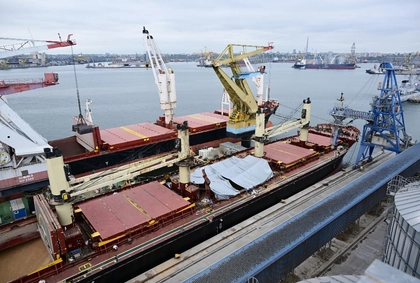Ukraine’s consumer inflation figure for July accelerated to 5.4 percent year-on-year, compared to 4.8 percent in June, the National Bank of Ukraine (NBU) reports.
According to the NBU, growth is “slightly below” the forecast mark, adding that inflation expectations remain stable.
JOIN US ON TELEGRAM
Follow our coverage of the war on the @Kyivpost_official.
Inflation was driven mostly by a rise in the price of processed foods caused by higher energy, storage, and labor costs.
Also contributing to the upward trends are increased business costs, higher excise taxes, the fading effects of last year’s harvests, and the adverse impact of a summer drought on this year’s crop yields. The effects of a weaker Hryvnia have added to price pressures.
Ukraine's central bank, along with independent analysts, are expecting inflation to increase further, but no more that 8.5 percent by the end of 2024.
Russia's full-scale invasion of Ukraine has led to a major exodus of working age adults to the EU, UK and beyond – some four million people in total. This has led to a workforce shortage, forcing businesses to search for new employees and raise wages to secure and retain them.
Businesses are also spending cash on generators, accumulators and other necessary equipment to keep going during electricity shortages caused by Russia's strikes on energy infrastructure.
You can also highlight the text and press Ctrl + Enter







